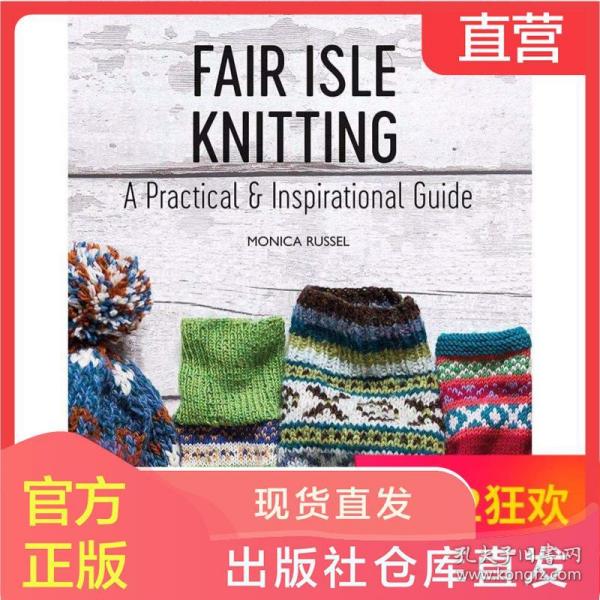Title: Knitting a Scarf: A Step-by-Step Guide
This step-by-step guide will teach you how to knit a scarf. From selecting the right yarn and needles to casting on, knitting the body, and binding off, this guide provides detailed instructions for each step. Whether you are a beginner or experienced knitter, this guide will help you create a beautiful scarf that is sure to keep you warm all winter long. Follow these simple steps, and you'll be knitting like a pro in no time!
Introduction
Knitting a scarf is a relaxing and rewarding hobby that can also be a great way to show off your crafting skills. Whether you're looking to make a simple scarf for yourself or a gift for a loved one, this comprehensive guide will walk you through the process, step by step. From selecting the right yarn and needles to mastering basic knitting techniques, this tutorial has everything you need to create a beautiful scarf.
Materials and Tools
Before you start knitting, make sure you have the following materials and tools on hand:

Yarn: Choose a yarn that matches the style of scarf you want to make. For example, if you want to make a warm and cozy scarf, opt for a wool or acrylic yarn in a neutral color like white, gray, or brown. If you prefer something more lightweight and summer-friendly, consider using a cotton yarn in a bright color like red or blue.
Knitting Needles: Select a set of needles that are comfortable for your hands and suitable for the type of yarn you've chosen. For example, if you're using a thicker yarn, you'll need larger needles. Conversely, if you're using a finer yarn, you'll need smaller needles.
Scissors: You'll need scissors to cut the yarn at the end of your project.
Tapestry Needle: This type of needle is used to weave in the ends of the yarn after knitting.
Basic Knitting Techniques
1、Casting On: This is the process of creating the initial stitch at the beginning of your scarf. There are several methods for casting on, including the basic cast on, the French cast on, and the cable cast on.
2、Knitting Rows: Once you've completed the casting on process, you'll begin knitting rows. This involves inserting the needle into the stitch below and wrapping the yarn around it. Then, pull the needle back through to create a new stitch. Repeat this process for the desired length of your scarf.
3、Binding Off: When you reach the end of your scarf, you'll need to bind off the remaining stitches. This involves passing one set of stitches over the other and then cutting the yarn, leaving a tail to weave in later.
Creating Your Scarf

Once you've mastered these basic techniques, you can begin creating your scarf. Here are a few popular scarf patterns to get you started:
1、Simple Scarf: This pattern involves casting on a set number of stitches and then knitting rows until the desired length is reached. It's a great pattern for beginners.
2、Patterned Scarf: This type of scarf features a repeating pattern along its length. There are many different patterns to choose from, including chevron, argyle, and garter stitch patterns.
3、Shawl-Collared Scarf: This type of scarf features a shawl-like collar at one end. It's a great way to add some extra interest to your scarf and can be achieved by increasing the number of stitches at one end of your scarf.
Finishing Touches
Once you've completed your scarf, there are a few finishing touches you can add to make it even more special. For example, you can add a tassel to one end or both ends for added visual interest. You can also weave in the ends of the yarn to secure them and prevent them from coming loose.
Conclusion
Knitting a scarf can be a fun and rewarding hobby that can also be used to create beautiful gifts for loved ones. By following this comprehensive guide, you'll be able to master the basic knitting techniques needed to create a stunning scarf that will keep you warm all winter long. So, grab your yarn and needles and get started on your next crafting project today!
Articles related to the knowledge points of this article:
Title: The Best Tie Brands: A Comprehensive Guide
The versatility of duck down cotton in winter sportswear



